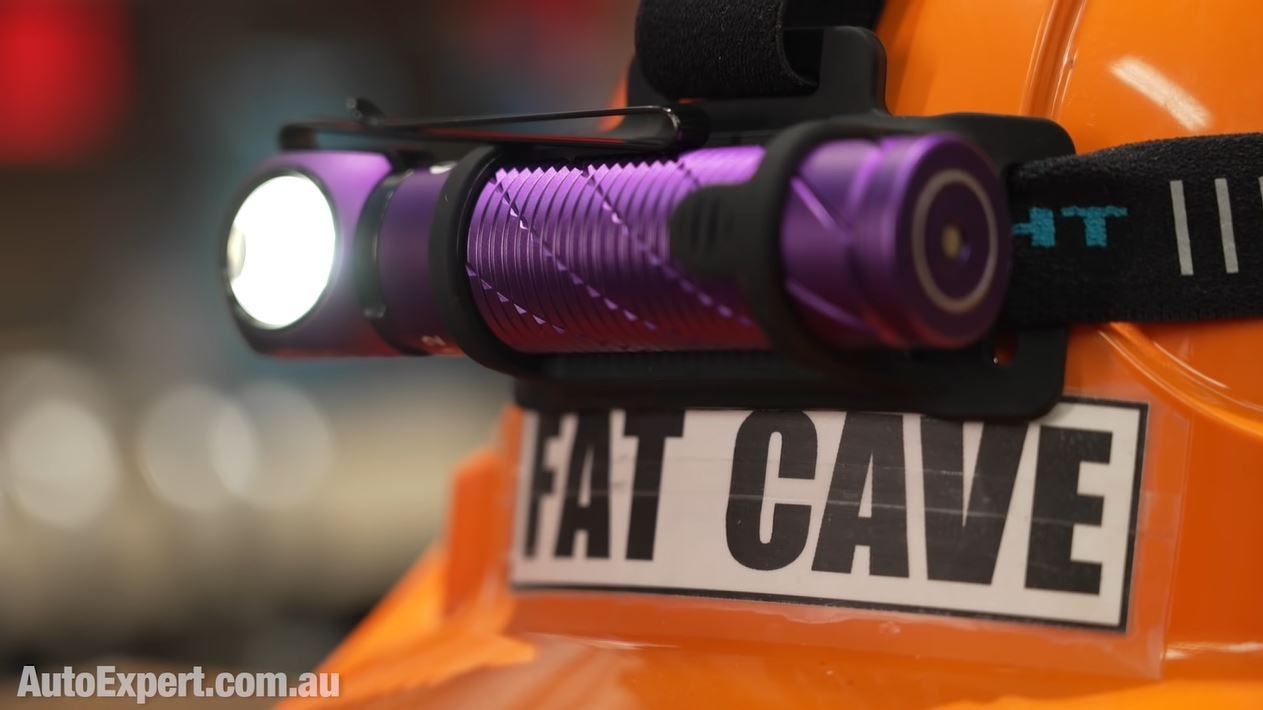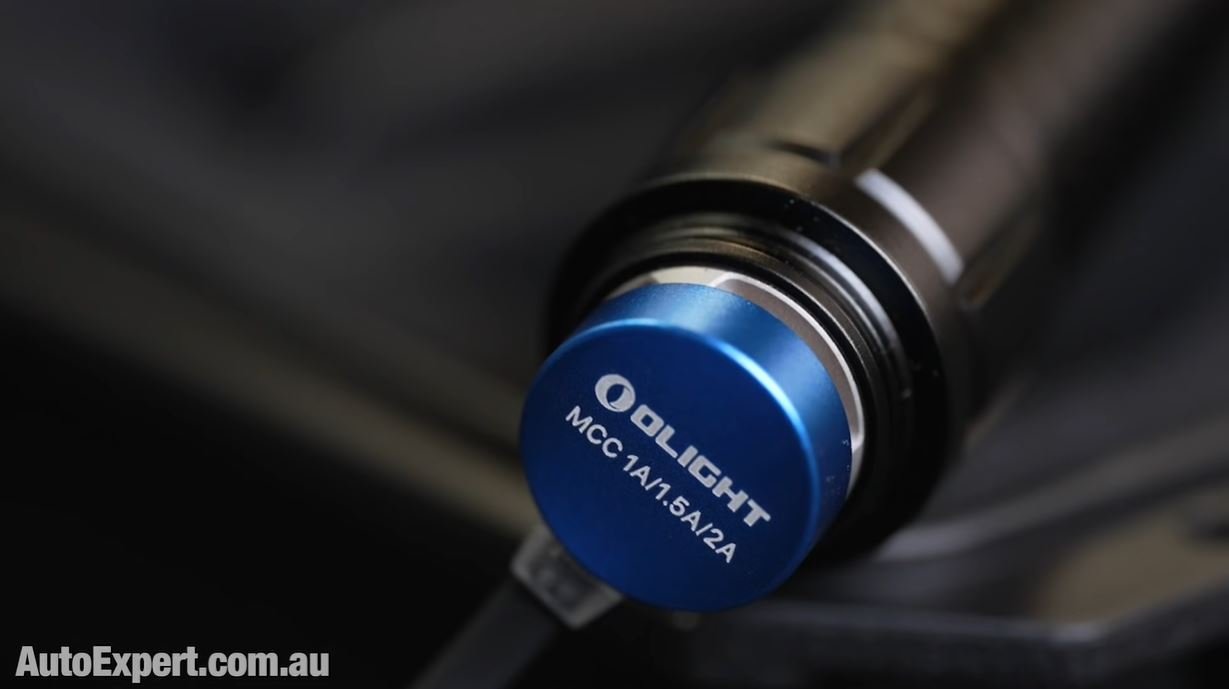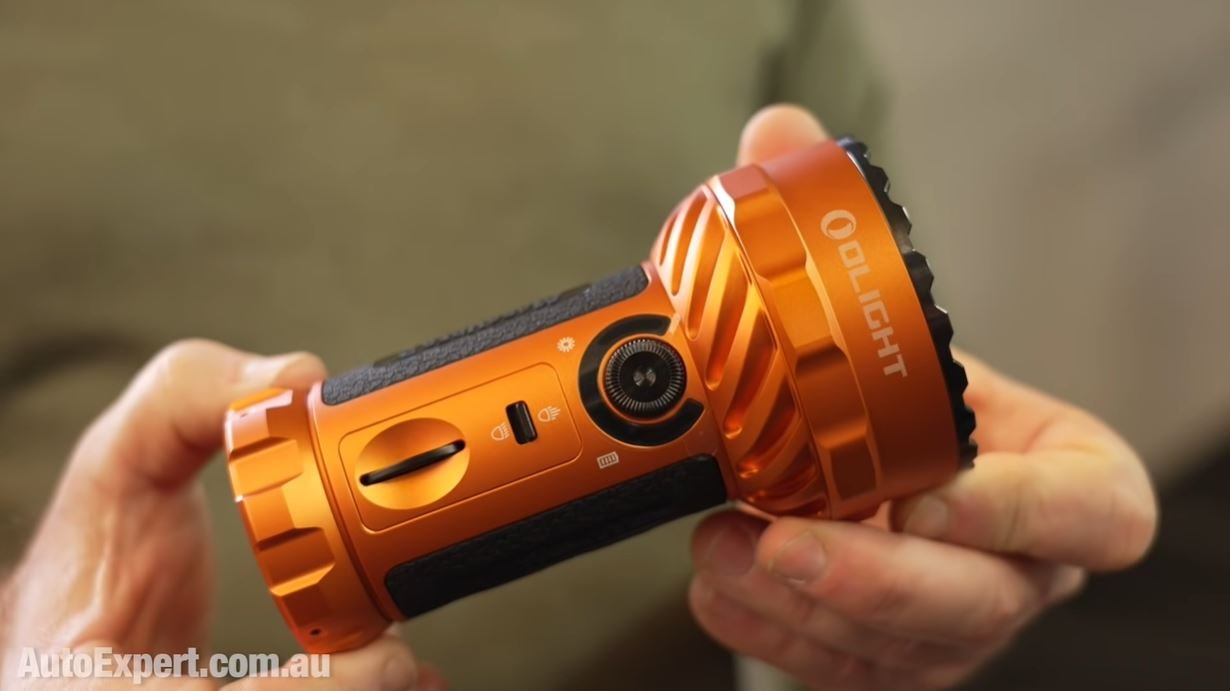Should I buy a hybrid car or SUV in 2022 and beyond?
Here are the top 10 things you need to know about buying a hybrid vehicle in 2022. If you’re in the market for any hybrid vehicle, this applies in particular to Toyotas, and other types generally...
Buying a hybrid vehicle in 2022 is a very popular decision for many consumers right now.
Given that hybrids dominate the marketing material and there’s an increasing number of opportunities to buy one in a vehicle’s range nowadays, you’re probably thinking of buying one, even now. Makes sense.
But what are the pitfalls, the undiscussed aspects and the critical benefits of paying your hard-earned money for this kind of vehicle? Let’s break it down.
This report is inspired by an enquiry from a professional torturer, whom some people still call ‘physiotherapists’.
My two main pieces of advice for anyone solving any problem, be it buying a new car, making modifications, or driving/using your vehicle is A) Don’t solve a problem that doesn’t exist, and B) Define what the problem is you’re trying to solve.
Don’t run the same experiment over and over and expect a different result either, as Albert Einstein tried to tell us.
The advice in regards to buying a hybrid is, define why you want the hybrid. This is engineering 101. Non-specific definitions of the problem lead to bad solutions. The solution to all problems gets better, in proportion to how tightly you define that exact problem.
If you’ve got a vague idea that you want a hybrid for some allegedly virtuous reason, that’s probably going to end in disaster, on the balance of probabilities.
It’s better to say, more specifically, ‘I want to minimise the operating cost of my motoring’, or ‘I want to halve the CO2 emissions of my driving’, or ‘I’m concerned about national energy security and want to minimise my dependency on liquid fuel’, or, ‘I want to do everything I can to improve air quality in my city’.
Then, you can investigate potential solutions, because you have an objective, you have a goal to which you can identify the problems and find the solution.
It’s better to say why, very specifically, ‘I want to minimise the operating cost of my motoring’ or ‘I want to halve the CO2 emissions of my driving’, or ‘I’m concerned about national energy security and want to minimise my dependency on liquid fuel’, or, ‘I want to do everything I can to improve air quality in my city’. Then, you can investigate potential solutions, because you have an objective, you have a goal to which you can identify the problems and find the solution.
The solution to these goals might not be a hybrid, ultimately. In fact, you might be better to lobby for the abolition of wood fires in the home and prohibition of old trucks in built-up areas. Because, if you want air quality to improve, these things are terrible polluters in the way new cars are not. Or you might want to advocate to stop cruise ships from burning heavy fuel oil while moored in the harbour.
Specific goals lead to viable solutions. Vague ideas don’t.
Why do you want that hybrid? Write it down, discuss it, define it.
USEFUL LINKS FOR CONSUMERS LIKE YOU
Top 10 critical mistakes most new car buyers will make in 2022 >>
How to get out of buying a new car after signing the contract >>
New car warranty doesn't matter: Only customer support does >>
The top 5 lessons you need to know about new-car shortages in 2021 >>
New car stock shortages: Discounting? What should you do? >>
My AutoExpert AFFORDABLE ROADSIDE ASSISTANCE PACKAGE
If you’re sick of paying through the neck for roadside assistance I’ve teamed up with 24/7 to offer AutoExpert readers nationwide roadside assistance from just $69 annually, plus there’s NO JOINING FEE
Full details here >>
Check out my Olight discount! These flashlights are awesome and Olight supports this channel.
Get 12% off your order using the code AEJC here: https://bit.ly/3zF5hCQ
WHAT IS A HYBRID?
Next, you need to understand what a hybrid is.
If your understanding is, ‘Hybrid = good. Conventional cars = bad’ then you’re grossly uninformed, at best.
Hybridisation is a way of capturing energy. When you take your foot off the accelerator, the hybrid system captures kinetic energy, stores it in a battery, and uses it to help you to get going again when the light goes green.
‘Hybrid’ - the term - actually relates to joining an internal combustion engine to a battery-electric drivetrain.
In practise, only a small amount of energy can be captured. But it makes a significant difference to fuel consumption. In the case of the RAV4 Cruiser, according to the official laboratory-standardised ‘Combined Cycle’ fuel consumption test, the saving is about 28 per cent. Your mileage may vary.
TWO KINDS OF HYBRID
There are two types of hybrid, and Toyota only offers the ‘low-fat’ kind in Australia.
They call it ‘self charging’ but that’s really just marketing bullshit, which implies some kind of thermodynamics-violating magic for people who went through school mostly with their eyes shut.
‘Self charging’ really means it is recharged by energy you would otherwise waste via the brakes.
The other type of hybrid, which Toyota has in its global inventory but chooses not to sell here in Australia, is the plug-in hybrid, or PHEV (‘Plug-in hybrid electric vehicle’).
Plug-ins have a much bigger battery, and you can charge them overnight via the mains, by plugging in. So, the battery is generally big enough, and coupled to a big enough electric motor, to provide standalone motive power - for gentle, normal driving - for a limited range, without the internal combustion engine switching itself on. Typically, you get less than about 65kms on full electric mode.
This allows you to operate for short distances, under light loads, totally hydrocarbon-free, kinda like a battery EV. And on long trips, you can just run on liquid fuels, without doing all the complex planning and time-consuming recharging demanded by full electric cars.
So, if you want to go emissions-free in the suburbs, mostly, you also have a hassle-free long-distance touring machine all wrapped up in the one car. But Toyota is currently not the place to shop for a hybrid. At least, not in Australia. Let me explain why…
BUYING AN EV OR HYBRID VEHICLE IN 2022
2021 BMW 330e plug-in hybrid: the definitive review and buyer's guide >>
Answering your electric vehicle questions (after 10,000km in a Kona EV) >>
12 things I've learned after driving an electric car 9000km >>
WHY TOYOTA’S HYBRIDS ARE YESTERDAY’S HERO
Let’s start with basic terminology. ‘Kilowatt-hours’ is a big, scary concept to people who never studied applied physics, but it’s really just a number for an amount of energy. To put it in perspective, a big Ryobi 36-volt yard tool battery has five amp-hours at 36 volts.
They’re always multiples of 3.6 volts, because that’s the voltage of the most basic lithium-ion cell. So this battery has 10 basic cells inside - probably 18650s - in series, for 36 volts in total. And maybe it is built on multiple sub-assemblies of 10 cells, all in parallel. Whatever. Do not pull one apart and check - very dangerous.
Volts times amps equals power, multiplied by time equals energy. So, this is 36 times five equals 180 watt-hours of energy. The RAV4 hybrid offers 1.6kWh of energy storage in its battery.
So a RAV4 Hybrid has the equivalent of about nine of these Ryobi batteries on board, which is quite a big battery, but not in the context of moving a 1.6-tonne machine down the road.
BMW offers a 330e plug-in hybrid with 10.3 kWh, which is 57 of these Ryobi batteries (versus nine, in the RAV4 Hybrid).
Mitsubishi Outlander has a new plug-in hybrid with 13.8 kWh (77 Ryobi batteries). The Outlander plug-in is a direct RAV4 Hybrid competitor. And it can operate in EV-mode with zero-tailpipe emissions, which is something the RAV4 cannot do.
This is exactly why defining the problem is so important.
Outlander plug-in is about $10k more than the RAV4 Hybrid, and that’s basically all due to the cost of the bigger battery, which is eight-and-a-half times bigger.
So you have to ask yourself what you really want out of your hybrid, specifically.
MAD MEN SELLING HYBRIDS
This brings us to marketing.
In 2018, Toyota whipped up all the media frenzy it could, mainly as a spoiler to Hyundai’s deployment of the Ioniq plug-in hybrid (49 Ryobi batteries, versus nine in the RAV4 Hybrid) and (of course) the launch of the Kona Electric, which is 356 Ryobi batteries, by the way.
The main message in Toyota’s spoiler ad campaign was, to paraphrase, ‘Australian are too stupid to plug in a vehicle’. This plug-dumb concept was used by a (probably very expensive) PR/marketing agency, despite us all having mobile phones and laptops and tablets, all of which need plugging in, daily. Being Toyota, it had decided, as I see it, to keep its vehicles dumb, so that apparently tech-ignorant Aussie bogans will understand and fit in.
They sexed it up quite a bit better than that, and the mainstream, motoring press just lapped it up, because they’re too dumb to plug in, also.
Anyway, fast forward to April 2021 and Toyota is on the record describing the transition to plug-in hybrid, even in dopey Australia, as inevitable.
They could do it tomorrow if they wanted. Toyota already offers RAV4 Prime plug-in hybrid in the EU, with 225kW and up to 75km of EV-only range thanks to an 18kWh battery, which is 100 Ryobi batteries, versus nine currently.
Unfortunately, people like Barnaby Joyce are the national shot-callers on climate inaction, and his Christmas vlog in 2019 (back when our biggest problems were, quaintly enough, fires and drought) suggested that he believes God is the solution to climate change, as opposed to human action, orbiting a divorce from fossil fuels.
And the only impediment there, as I see it, appears to be God’s ongoing nonexistence.
How is this guy Deputy Prime Minister, ever? Honest opinion; because this whole situation makes us a laughing stock.
And of course, the donations from the coal, oil and gas industries continue to flood in. So Scotty from Marketing doesn’t want to touch it, being a fellow believer in that 12th Century woo-woo. Personal opinion.
It’s a concern that religious fundamentalism informs public policy in our secular democracy, and at the same time is completely at loggerheads with all of established science on this issue.
Why this should matter to you is they’re steering the HMAS Climate Policy, and there is thus no regulatory framework compelling carmakers to supply their most environmentally friendly vehicles to Australia for people like you to buy. And that is, yet another, disgrace.
But Toyota will implement plug-in hybrids at some point in the future, and when it does, they will wipe their 2018 comments from the annals of history. Plugging in will miraculously be something bogans have always wanted - then your previously ‘elite’ RAV4 Hybrid will plummet in resale value, owing to the sudden existence of a new green superstar champion.
THE POLITICS OF BUYING HYBRIDS & ELECTRIC VEHICLES
The Great EV Rip-Off: Australia confirmed as world's worst environmental joke >>
Hyundai Nexo hydrogen car steals distance driving record from the French >>
THE SAVING FUEL FANTASY
If you are buying a hybrid to save money on fuel, brace for impact, because that’s not going to work. It’s a fantasy, mainly because fuel is cheap in Australia, however much you might resent buying it.
If you want to save cash on fuel, buy a small car. Buy the smallest car you can get away with. Save $20,000 up front. You’re welcome.
You’ll never save $20k on fuel in the RAV4 hybrid. But, maybe you need a RAV4-sized vehicle. Olay, but there’s an intrinsic physics-type penalty for moving all that mass - it costs more for the fuel because it takes more energy to move it.
So how does RAV4 conventional versus RAV4 hybrid stack up, economically? Well, Toyota charges $2500 more for the hybrid, versus the internal combustion-only equivalent.
The difference in fuel consumption, based upon the standardised combined-cycle tests, is 1.8L/100km; it’s 4.7 litres per 100km versus 6.5. If fuel is $1.70/L, you have to save about 1500L of fuel in the hybrid to break even. That’s the amount you have to save. That’s roughly 82,000km of driving.
Many business vehicle owners would, in fact, turn the vehicle over before they break even. Even if you drive 20,000km/yr, which is about 33 per cent more than average (pre-COVID) then in four years time, you’ll break even.
Afterwards, you will start saving, roughly $1.70 per day. If you can afford a $50k car, you don’t care about $1.70 per day. You probably spend six times as much on coffee, and you don’t think about it. If you (ever) buy bottled water, the notion of saving money (or the planet) with a hybrid is a cognitively dissonant joke.
MYTHBUSTING ALLEGEDLY ‘GREEN’ TECH
Cylinder deactivation: Should you own a car with this tech? >>
Top 26 questions on Hydrogen Fuel Cell vehicles (FCEVs) answered >>
The truth about EVs, long-distance driving & regional recharging >>
Cobalt Blues: Mythbusting your comments about cobalt in EV batteries and fuel >>
THE CARBON DIOXIDE PROBLEM
The one big benefit of a hybrid is you produce less CO2 into the air.
Combustion of fuel exists in a universe of strict mathematical proportionality.
Saving 1.8 litres of fuel for every 100 kilometres, that’s about two kilos of CO2 for every 100km you drive, so around 400 kilos of CO2 per year, if you drive 20,000km.
Australia’s emissions are roughly 600 million tonnes of CO2 annually, plus another 600 million - roughly - in exported coal, for 1.2 billion tonnes in total, ballpark.
So, if the 12 million cars on Australian roads all cut CO2 by 400 kilos, that would be roughly five million tonnes out of 1.2 billion, which is four-tenths of one per cent. It’s nothing.
Obviously, yes, we need to reduce the amount of CO2 we produce as a species, but guilting yourself into this financial position by chasing a goal you cannot hope to reach is not going to help.
You’re better off donating that extra cash into a tree planting organisation like GreenFleet (not Toyota’s coffers), and changing your web browser to Ecosia.
THE WASTE PROBLEM
As well-intentioned as you might be, buying a hybrid, consumers are given no information as to the amount of energy wrapped up in the construction of the battery and other high-tolerance hybrid-specific parts.
This is not even tracked, it’s certainly not reported, and it’s hard even for me to digest the extremely technical studies into this, and I have a degree in engineering. An average consumer has no hope.
And then at the other end - in 10 years’ time - there’s not really any regulatory apparatus surrounding the recycling of the batteries at the end of their life.
The only incentive is economic, so, if you can make money pulling dead batteries apart for their aluminium casings, their cobalt, nickel and lithium hexafluorophosphate, that will work because there’s an industry.
But in the absence of robust regulation, if it’s cheaper just to rip new raw materials out of the ground, all you’re going to do is create endless landfill. Given the nature of these very toxic materials, this is a very ‘Erin Brokavich’ kind of environmental proposition, long-term.
These issues orbiting the gestation and death of the parts obviously do not resolve at all, through the bullshit lens of hybrid vehicle marketing. They just want you to think it’s all good.
Name a carmaker that tells you exactly where and how it guarantees its batteries don’t go to landfill, with global recycling certification. Equally, I’m sure if carmakers were able to tell you, with hard evidence, that their hybrids and EVs were as environmentally or more-so than constructing an internal combustion vehicle, they would. That’s what you’re here for, after all.
THE PERFORMANCE
Happily, you get about 10 per cent additional performance, potentially, from the hybrid, versus the conventional RAV. That’s not bad, for just $2500 extra.
Of course, if you drive it like you stole it, it’s completely disingenuous to cloak your motoring in green virtue. And there are heaps better performance cars you can buy for $50k.
And, you only get the additional performance if the battery is in a suitably high state of charge. If it’s a bit depleted because of how you’ve been driving it, you’re looking at below average performance. Remembering, of course, that extra weight you carry around in additional battery. So there’s that.
LONG TERM OWNERSHIP WOES
Perhaps you’re looking at owning this hybrid for the long haul, to reap the benefit of saving $1.70 every day, after the first 80,000 kays, or something.
Degradation of the battery in proportion to the number of charge cycles is inevitable over the 10-year term and beyond. It’s inevitable mainly thanks to the second law of thermodynamics, which limits the reversibility of all processes in the universe.
Essentially, the universe is a big casino where the currency is free energy, and everyone and everything must play because it’s not optional (it’s written into the source code), and losing is ultimately guaranteed, in a few billion years, and the house takes everything and there’s no more free energy. It’s called the ‘heat death’ of the universe >>
Over time, the capacity of your hybrid to collect kinetic energy will degrade, and at some point in 10-15 years (or sooner if it’s a Nissan LEAF, because their batteries are useless) you’ll need to replace your battery. And that’s going to cost more than you saved after 80,000 kays, certainly.
Also, hybrids are complex. Complexity is the enemy of reliability, and this impacts your bank balance over time. The likelihood of more expensive repairs is greater over time. I’m not suggesting there’s any deficiency in Toyota’s hybrid engineering. Quite the opposite - they seem excellent. But the longer you own one, the more likely it is that it will degrade and cost a lot to fix.
OPPORTUNITY COSTS
There’s a thing called ‘opportunity cost’ where, if you spend $50k on a hybrid car, you (by definition) don’t spend that $50k on another potentially greener, more environmentally beneficial, money-saving alternative.
There’s a difference between doing something you really want to do, like get a new car, versus doing something even greener, at the cost of driving your old shitheap for several more years.
It might be a lot greener, in practise, to put a big solar array on the roof, and a matching big, stationary lithium battery to store all those hastily converted photons to keep the lights on and power the air-conditioning/heating overnight, to heat the pool, run the washing machine. But it’s just not as sexy; it’s not as nice as owning a new car.
And it’s not as obvious, externally - you don’t get to tell everyone you drive a hybrid. See, there’s a real difference between doing something green, and looking like you’re doing something green. And that’s really the central problem underpinning this issue, for most would-be hybrid buyers. But at least it’s the truth.


























The Hyundai Palisade is a big, comfortable holiday machine for growing families and offers excellent value, generous 8-seat SUV space, and practicality on par with LandCruiser - but it’s $30K more affordable.